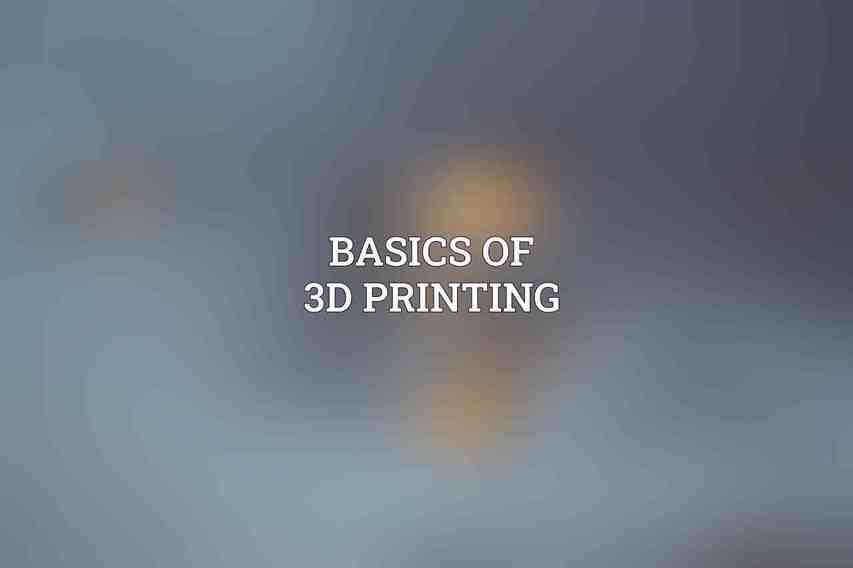3D printing has revolutionized the way we create objects, allowing for intricate designs and rapid prototyping. When it comes to mastering this technology, having the right equipment is crucial. One such device that stands out in the market is the BambuLab A1. This section will delve into the basics of 3D printing and provide an overview of the BambuLab A1, including its key features, advantages, and ideal applications.
| Feature | Specification | Link | |||||||||||||||||||||||||||||||||||||||||||||||||||||||||||||||||||||||||||||||||||||||||||||||||
|---|---|---|---|---|---|---|---|---|---|---|---|---|---|---|---|---|---|---|---|---|---|---|---|---|---|---|---|---|---|---|---|---|---|---|---|---|---|---|---|---|---|---|---|---|---|---|---|---|---|---|---|---|---|---|---|---|---|---|---|---|---|---|---|---|---|---|---|---|---|---|---|---|---|---|---|---|---|---|---|---|---|---|---|---|---|---|---|---|---|---|---|---|---|---|---|---|---|---|---|
| Print Technology | Fused Filament Fabrication (FFF) | Amazon.com | |||||||||||||||||||||||||||||||||||||||||||||||||||||||||||||||||||||||||||||||||||||||||||||||||
| Print Volume | 300 x 300 x 300 mm (11.8 x 11.8 x 11.8 in) | Amazon.com | |||||||||||||||||||||||||||||||||||||||||||||||||||||||||||||||||||||||||||||||||||||||||||||||||
| Resolution | 0.05-0.28 mm (50-280 microns) | Amazon.com | |||||||||||||||||||||||||||||||||||||||||||||||||||||||||||||||||||||||||||||||||||||||||||||||||
| Materials | PLA, ABS, PETG, TPU, PC, PA, ASA | Amazon.com | |||||||||||||||||||||||||||||||||||||||||||||||||||||||||||||||||||||||||||||||||||||||||||||||||
| Build Plate | Heated, PEI-coated | Amazon.com | |||||||||||||||||||||||||||||||||||||||||||||||||||||||||||||||||||||||||||||||||||||||||||||||||
| Nozzle | Dual-gear extruder with hardened steel nozzle | Amazon.com | |||||||||||||||||||||||||||||||||||||||||||||||||||||||||||||||||||||||||||||||||||||||||||||||||
| Hotend Temperature | 260°C Max | Amazon.com | |||||||||||||||||||||||||||||||||||||||||||||||||||||||||||||||||||||||||||||||||||||||||||||||||
| Bed Temperature | 110°C Max | Amazon.com | |||||||||||||||||||||||||||||||||||||||||||||||||||||||||||||||||||||||||||||||||||||||||||||||||
| Print Speed | Up to 100 mm/s (3.94 in/s) | Amazon.com | |||||||||||||||||||||||||||||||||||||||||||||||||||||||||||||||||||||||||||||||||||||||||||||||||
| Connectivity | Wi-Fi, Ethernet, USB | Amazon.com | |||||||||||||||||||||||||||||||||||||||||||||||||||||||||||||||||||||||||||||||||||||||||||||||||
| Software | Bambu Studio slicing software | Amazon.com | |||||||||||||||||||||||||||||||||||||||||||||||||||||||||||||||||||||||||||||||||||||||||||||||||
| Dimensions | 610 x 505 x 525 mm (24 x 19.88 x 20.67 in) | Amazon.com | |||||||||||||||||||||||||||||||||||||||||||||||||||||||||||||||||||||||||||||||||||||||||||||||||
| Weight | 16 kg (35.27 lbs) | Amazon.com | |||||||||||||||||||||||||||||||||||||||||||||||||||||||||||||||||||||||||||||||||||||||||||||||||
Basics of 3D printing

3D printing, also known as additive manufacturing, involves creating three-dimensional objects by layering material based on a digital model. This process has myriad applications across industries, from aerospace to healthcare, enabling rapid prototyping and customization.
Overview of BambuLab A1
The BambuLab A1 is a cutting-edge 3D printer known for its precision and reliability. Its key features include a large build volume, high printing speed, and compatibility with various filaments. The advantages of the BambuLab A1 extend to its user-friendly interface, advanced software, and sturdy build construction. This printer is ideal for professionals, educators, and hobbyists looking to elevate their 3D printing projects.
Material Selection and Preparation
Choosing the right filament for your 3D prints is crucial to achieving quality results. The BambuLab A1 supports a range of materials, each with unique properties that can impact the final output. Understanding material characteristics and proper preparation are key to optimizing your printing experience.
Types of 3D printing materials
- PLA (Polylactic Acid): Biodegradable and easy to print with, ideal for beginners.
- ABS (Acrylonitrile Butadiene Styrene): Durable and impact-resistant but requires a heated bed for printing.
- PETG (Polyethylene Terephthalate Glycol): Combines the best of PLA and ABS, offering strength and flexibility.
- Nylon: Known for its durability and high tensile strength, suitable for industrial applications.
- TPU (Thermoplastic Polyurethane): Flexible and elastic, great for producing rubber-like parts.
Material properties and their impact on print quality
Different materials exhibit varying levels of strength, flexibility, and temperature resistance. Understanding these properties helps in selecting the right material for specific projects. Additionally, factors like filament diameter and moisture content can influence print quality.
Slicing and preparing models for printing
Prior to printing, models need to be sliced into layers for the 3D printer to understand. Slicing software like Cura or Simplify3D helps in adjusting settings such as layer height, infill density, and support structures. Proper preparation ensures accurate prints and reduces the likelihood of failures.
Advanced Printing Techniques
To truly master 3D printing, delving into advanced techniques is essential. Fine-tuning parameters such as layer height, infill patterns, and supports can significantly enhance the quality and strength of your prints when using the BambuLab A
Layer Height and Resolution
- The layer height directly impacts the surface finish and detail of a print.
- Choosing the optimal layer height depends on the desired level of detail and printing speed.
Infill Patterns
- Various infill patterns like grid, honeycomb, and triangular affect the strength and weight of prints.
- Adjusting infill density strikes a balance between structural integrity and material usage.
Supports
- Supports are essential for overhanging features and complex geometries to prevent print failures.
Utilizing different support types like tree supports or brim supports facilitates easy removal post-printing.
Removing supports cleanly ensures a polished final product without any remnants.
Stay tuned for the next part of the article, covering troubleshooting, post-processing, BambuLab A1 specific features, applications, and more.
Frequently Asked Questions
What is BambuLab A1?
BambuLab A1 is a cutting-edge 3D printing technology developed by BambuLab that allows users to create intricate and high-quality 3D prints using bamboo-based materials.
How does BambuLab A1 differ from other 3D printing techniques?
Unlike traditional 3D printing techniques that use plastic or metal materials, BambuLab A1 uses sustainable and biodegradable bamboo-based materials to create eco-friendly 3D prints.
Is BambuLab A1 suitable for beginners?
Yes, BambuLab A1 is designed to be user-friendly and easy to use, making it suitable for beginners who are new to 3D printing technology.
What are the main advantages of using BambuLab A1 for 3D printing?
Some of the main advantages of using BambuLab A1 include its eco-friendliness, high-quality prints, and versatility in creating intricate designs and structures.
Where can I purchase BambuLab A1 for my 3D printing projects?
BambuLab A1 and related materials can be purchased directly from BambuLab’s official website or through authorized distributors and retailers.

